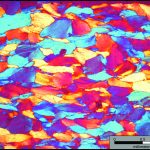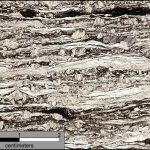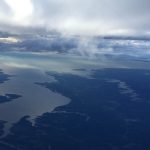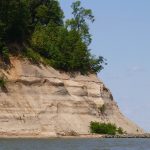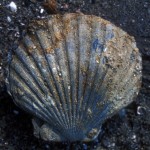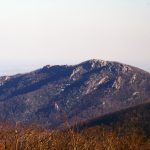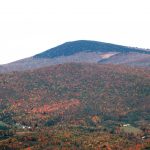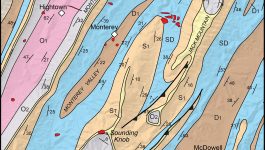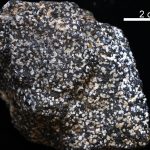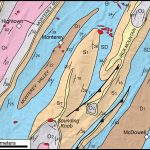
This image illustrates part of the geological map of Highland County, Virginia in the Valley & Ridge province. Note the linear belts Paleozoic sedimentary rocks that are repeated by folding. From oldest to youngest these include O1 = lower Ordovician strata, O2 = upper Ordovician strata, S1 = Silurian strata, SD = Silurian-Devonian strata, D1 […]
